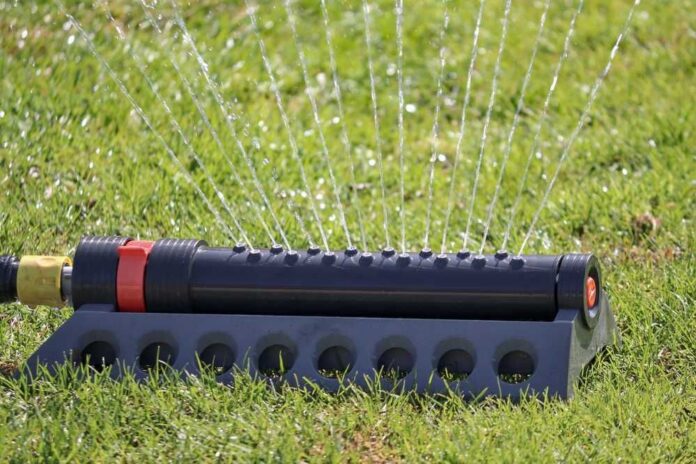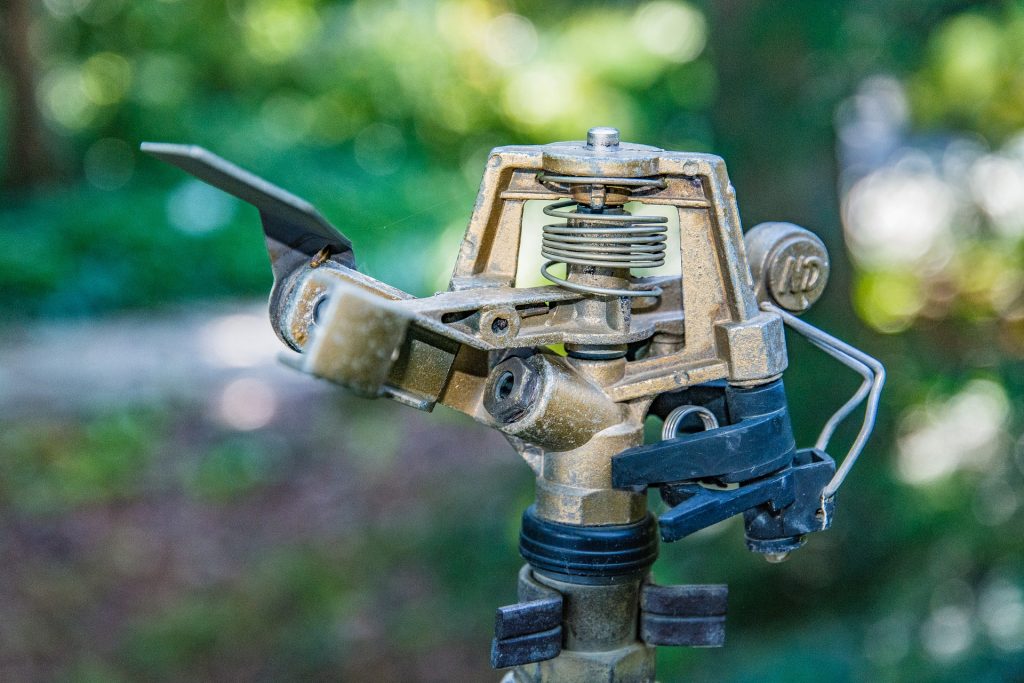Nothing beats the convenience of having a green, healthy, and well-maintained garden in your yard space. It uplifts your home’s curb appeal, increases its value, and creates a cozy space for relaxation during those weekends or days away from work. With a properly maintained garden, you may not even have to go far from your home when you feel you need to bond with nature while enjoying the outdoor breeze. However, all this doesn’t come without putting in some work.
To keep your turf and other garden features well maintained, it means keeping the lawn mowed, the hedges pruned, and the trees trimmed. Together with the various ornamental plants, your turf will need constant watering to keep it beautifully green and growing healthy, especially in summer. This is where garden sprinkling systems come in handy. They are also essential when growing a greenhouse or vegetable garden in your yard and to keep them in tip-top shape; garden irrigation systems need regular maintenance. Here are some tips on how to take care of your garden sprinklers.
Regular Professional Inspection
It will not go unmentioned that prevention is better than cure. One of the things you can do to prevent major damages to your sprinklers and pipes is to ensure they are inspected regularly by a professional. As suggested by the irrigation system pros at https://sasprinkler.com, annual tune-ups and prompt repairs will help improve the performance of your irrigation system. It will help lengthen its lifetime and avoid costly damages that may demand a replacement soon. This also helps keep your garden green and blossoming even on the hottest of days.
The beauty of regular checks is that problems can be spotted and rectified early before they get out of hand. You can perform a monthly inspection to prevent your screens from clogging and irrigation filters from breaking. A contractor will use his specialized equipment to drain water that can freeze and destroy the pipes, sprinklers, and valves during winter. When conducting an inspection, some warning signs to look out for may include:
- Broken heads
- Blockages
- Abnormal water pressure
- Clogged nozzles
When handling the regular inspection, it will be easier for you if you know when to expect what. This way, you can spot a clog, leak, or similar problem from a mile away before it becomes a major problematic factor in your garden sprinkling system.
Adjust Sprinkler Heads
A sprinkler should distribute water evenly and should have a regular pattern of flow. Once you notice non-uniformity, you shouldn’t be told to get the head fixed, it should be common sense. There is an array of sprinkler heads in the market and they are all adjusted differently. For instance, adjusting the spray sprinkle head can be set in such a way that you can easily change the degree of the arc. It can be adjusted according to the surface of the area you want to be covered.
Additionally, you will want to avoid over-tightening the ends of the sprinkler. That will ensure that your equipment lasts longer. Over-tightening loosens the equipment, and, in the end, they end up causing leakages. That is why you will see some hose pipes with rubber wrapped around them to cover the leakage.
Check Water Pressure
Water is life but the damage it can cause is beyond imagination. Have you ever seen heavy tides sweeping through the property, causing damage and even death? How about normal floods caused by rainwater? Even the water running through your home can cause catastrophic damage! That is how cruel water can be. In this case, ensure that you do a routine check-up on the pressure.
This is because pressure changes from time to time and when it becomes too much, it may cause the pipes to burst. You do not have to attend a physics class to learn some of these things. Just keep in mind that when the water pressure is too high, it can be harmful to your garden, and when the water pressure is too low, the sprinkler head may not cover the desired area. The bursts may cause the pipes to leak, which is a health hazard in most environments.
Install a Shutoff Switch
Technology has come to save us from so many strains, and it now does things automatically on our behalf. A turn off switch came to make all the work easier, because you do not have to go out getting rained on to switch off the sprinkler, No! The sprinkler shutoff switch is fitted with a sensor that automatically goes off when there is rainy weather. Notably, ensure that the sensors get the utmost care and maintenance from gardeners. Ensure they are fixed in areas that are sheltered by walls, plants, or grass. That will ensure that they are free from damage.
On a similar note, there is “smart” technology where there are sensors that evaluate the weather and soil moisture conditions and in turn adjust the schedule to meet the needs of your area.
Practice Proper Storage
Maintaining a hosepipe is one thing, but storing it properly is another altogether. It is not a new thing to find hosepipes forming sprinkles on the farm, and this often results from poor storage. By all means, you have to ensure you get the ideal storage space for your garden tools for the best service. You can invest in a hose storage box. It is the best choice given to gardeners for storing your sprinkler. They protect your pipe from knotting up and kinked. They come in styles like free-standing and wall-mounted, where you have to settle for what suits you best.
Finally, the importance of a system audit cannot be overlooked. This is all the more reason to contact a professional when it comes to maintaining your garden tools. They are better at detecting issues and pinpointing the main causes. All the same, the few pointers above can help ensure the effectiveness and efficiency of your irrigation systems. As you take good care of your garden sprinklers, your efforts will be reflected in the blossoming garden. The greenery will be welcoming to your visitors every time they set foot on your property. It is also a great way to save money because you avoid unnecessary repairs while prolonging the life of your garden sprinklers.



















